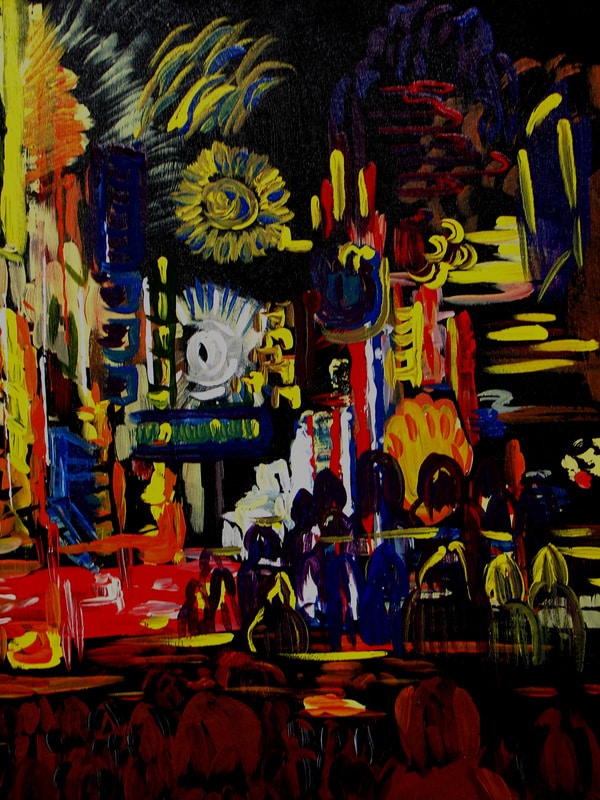
Bathe in New Light | The City in Art
By Dr. Mark David Major, AICP, CNU-A
Neon, noun, ne·on, ˈnē-ˌän – a colorless odorless mostly inert gaseous element that is found in minute amounts in air and used in electric lamps. From the Greek, neuter of neos new, first Known Use: 1898.
Art is rarely or merely about the physical representation of the thing but instead about light, shadow and reflection as represented in counter pose to the physical reality of the thing itself.
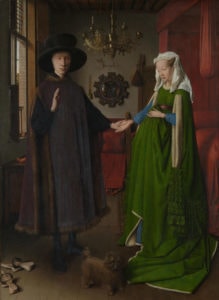
This is a widespread tradition that can be traced back to long before Modernism with artists such as Leonardo da Vinci, Caravaggio, and Jan van Eyck. For example, Jan van Eyck’s The Arnolfini Portrait (1434, National Gallery, London) where the artist paints his own reflection in the mirror located on the back wall behind his subjects (see below).
In Under Neons, Harbert paints the city as bathed in neon light, as if physicality of the thing itself did not have an objective existence until awash in shadows and reflections birthed by the light itself. In the same tradition as Georgia O’Keefe’s Radiator Building-Night, New York (1927) and Harbert’s The Blue City (2012), the artist encourages us to see the city in a new and different way; not merely as a physical entity but also as an abstract reality bathed in its all-consuming light. This is given urgent power by the artist through the use of primary colors (reds, yellows, and blues) and blacks/whites, which hint at Piet Mondrian’s famous abstract paintings of New York. However, the control and preciseness found Mondrian’s abstract formalism is sacrificed in favor of a kinetic energy – of vibrant motion – painted in the light and dark of the city. Of course, Under Neons immediately suggests the city we most associate with neon spectacle: Las Vegas. However, this could be any city. This could be our city, given life anew in the light.
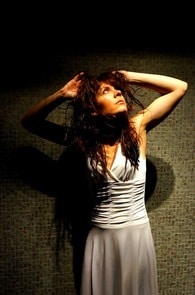 About Rejcel Harbert
About Rejcel Harbert
Rejcel Harbert has over ten years of experience as the owner of Art by Rejcel, where she sells photographic services, paintings, and abstract and expressionistic acrylic arts. She received her bachelor of arts in business, economics, and Spanish from Jacksonville University in 2001. She is a member of the Business Fraternity Alpha Kappa Psi, the Honor Society Phi Kappa Phi, and received an award from the Women’s Business Organization for Achievement. Ms. Harbert does religious volunteer work including construction and repair work for community members in need. For more information on Art by Rejcel, visit www.rejcel.com.
The City in Art is a series by The Outlaw Urbanist. The purpose is to present and discuss artistic depictions of the city that can help us, as professionals, learn to better see the city in ways that are invisible to others. Before the 20th century, most artistic representations of the city broadly fell into, more or less, three categories: literalism, pastoral romanticism, and impressionism, or some variation thereof. Generally, these artistic representations of the city lack a certain amount of substantive interest for the modern world. The City in Art series places particular emphasis on art and photography from the dawn of the 20th century to the present day.

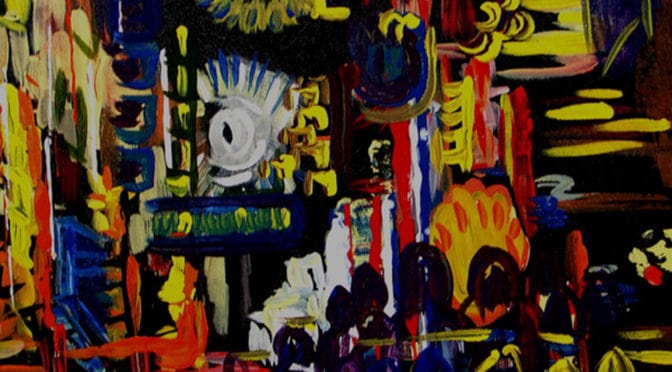
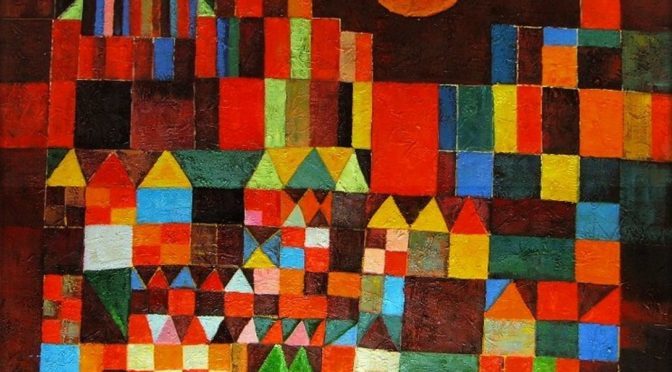
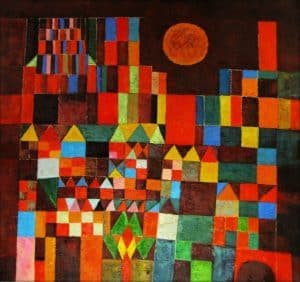
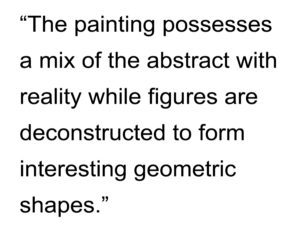 The clay colored background gives a clearer sense of how the shapes seem to form a city skyline of intense color and light. Klee uses pops of yellow to bring the eye in and break up the browns everywhere else. This oil on canvas painting has a complex array of triangular figures to provide an imaginary metropolis of shapes. The touch of realism, angles, and its use of color creates a city of geometric shapes. Paul Klee’s imaginary works continue to inspire and intrigue (Source: Totally History). Klee’s Castle and Sun, in particular, is regularly used by teachers for early education in artistic technique. At that age, school children (and perhaps their teachers) are unaware of the subtly complicated and innovative beauty of this painting by Klee.
The clay colored background gives a clearer sense of how the shapes seem to form a city skyline of intense color and light. Klee uses pops of yellow to bring the eye in and break up the browns everywhere else. This oil on canvas painting has a complex array of triangular figures to provide an imaginary metropolis of shapes. The touch of realism, angles, and its use of color creates a city of geometric shapes. Paul Klee’s imaginary works continue to inspire and intrigue (Source: Totally History). Klee’s Castle and Sun, in particular, is regularly used by teachers for early education in artistic technique. At that age, school children (and perhaps their teachers) are unaware of the subtly complicated and innovative beauty of this painting by Klee.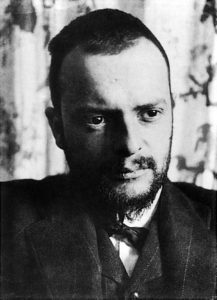 About Paul Klee
About Paul Klee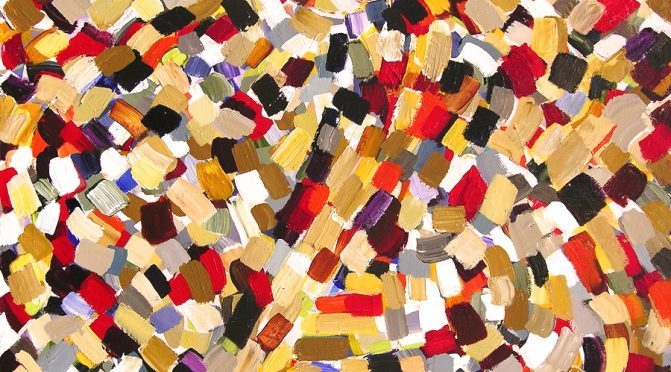
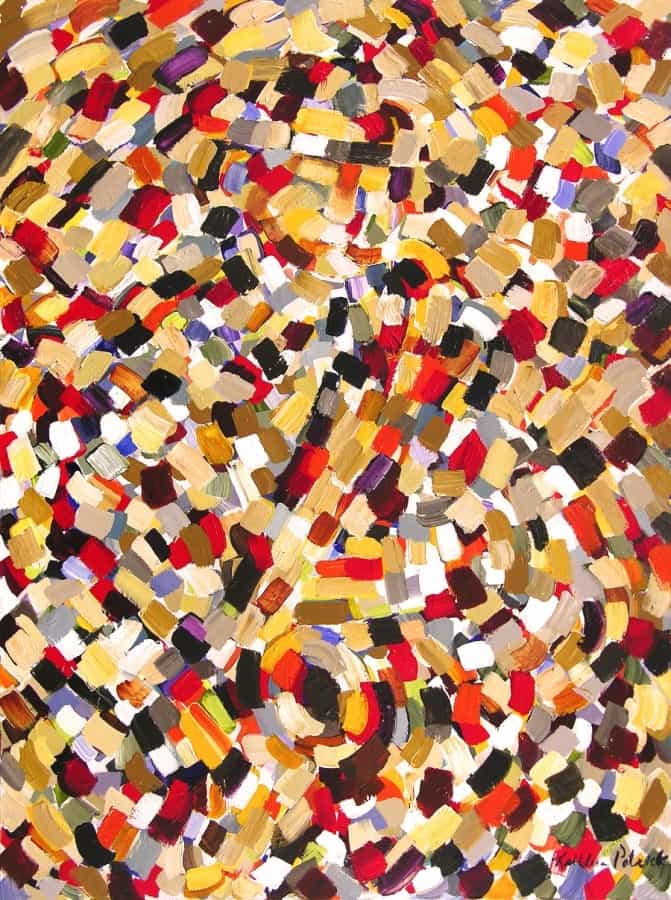

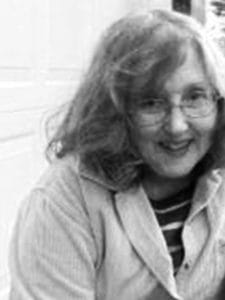 About Kathleen Patrick
About Kathleen Patrick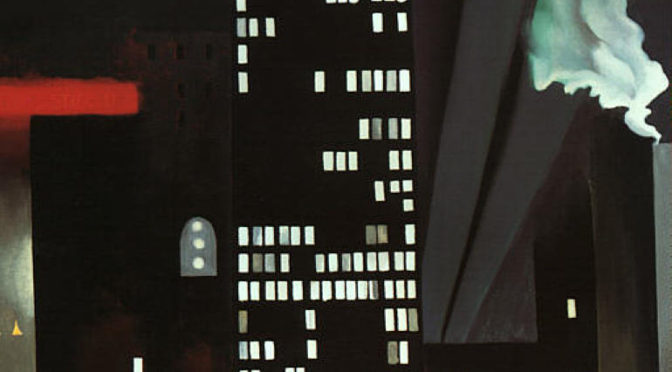
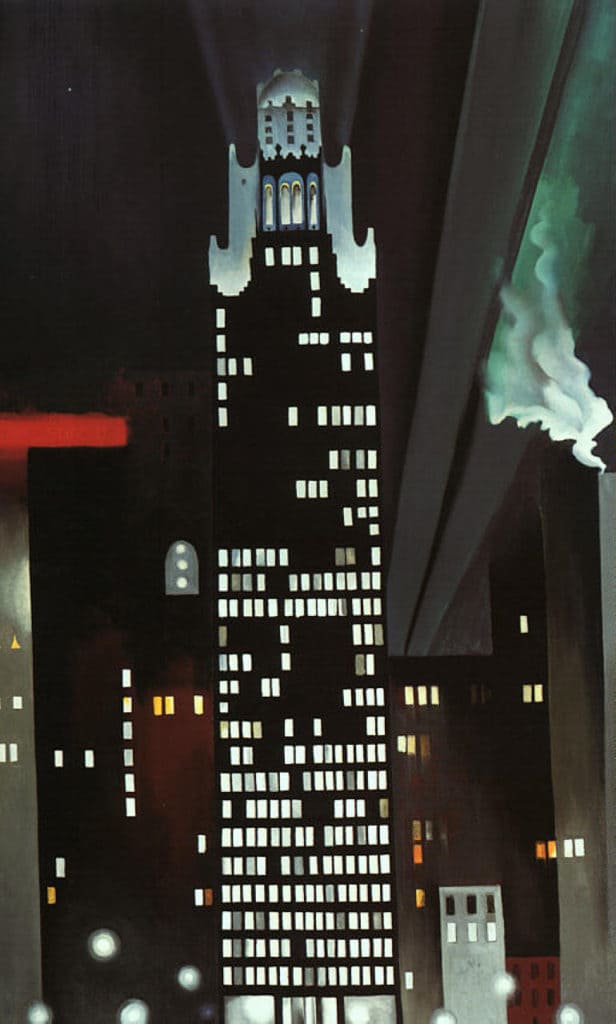
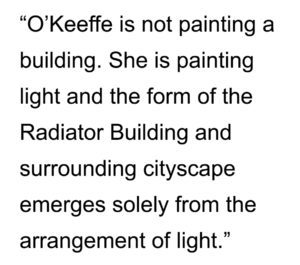 We can say this with some confidence because if you were to remove all of the ‘painted light’ from this painting, only a black canvas would remain. It is this ‘painted light’ that provides a subtle richness and contextual depth to the best of O’Keeffe’s cityscape paintings. Later, we will see more explicit examples in her other paintings, for example in The Shelton with Sunspots (1926). In this sense, the subject is the artifice of form emerging from the arrangement of light. The fact the words ‘Radiator Building’ and ‘New York’ are in the title of the painting is completely inconsequential and accidental to the subject of the piece. It is also misleading on O’Keeffe’s part by naming the painting in this manner. However, this is completely consistent with her tendency to be opaque when it comes to the subject matter of her own paintings. As architects and planners, O’Keeffe’s painting shows us how we can expand our perception of the city beyond the conventional (form) to see its richness in other, more subtle – and, perhaps, richer – ways (light).
We can say this with some confidence because if you were to remove all of the ‘painted light’ from this painting, only a black canvas would remain. It is this ‘painted light’ that provides a subtle richness and contextual depth to the best of O’Keeffe’s cityscape paintings. Later, we will see more explicit examples in her other paintings, for example in The Shelton with Sunspots (1926). In this sense, the subject is the artifice of form emerging from the arrangement of light. The fact the words ‘Radiator Building’ and ‘New York’ are in the title of the painting is completely inconsequential and accidental to the subject of the piece. It is also misleading on O’Keeffe’s part by naming the painting in this manner. However, this is completely consistent with her tendency to be opaque when it comes to the subject matter of her own paintings. As architects and planners, O’Keeffe’s painting shows us how we can expand our perception of the city beyond the conventional (form) to see its richness in other, more subtle – and, perhaps, richer – ways (light).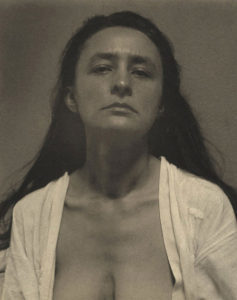
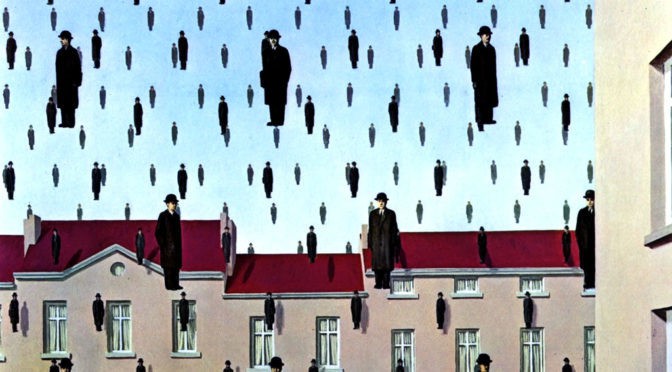
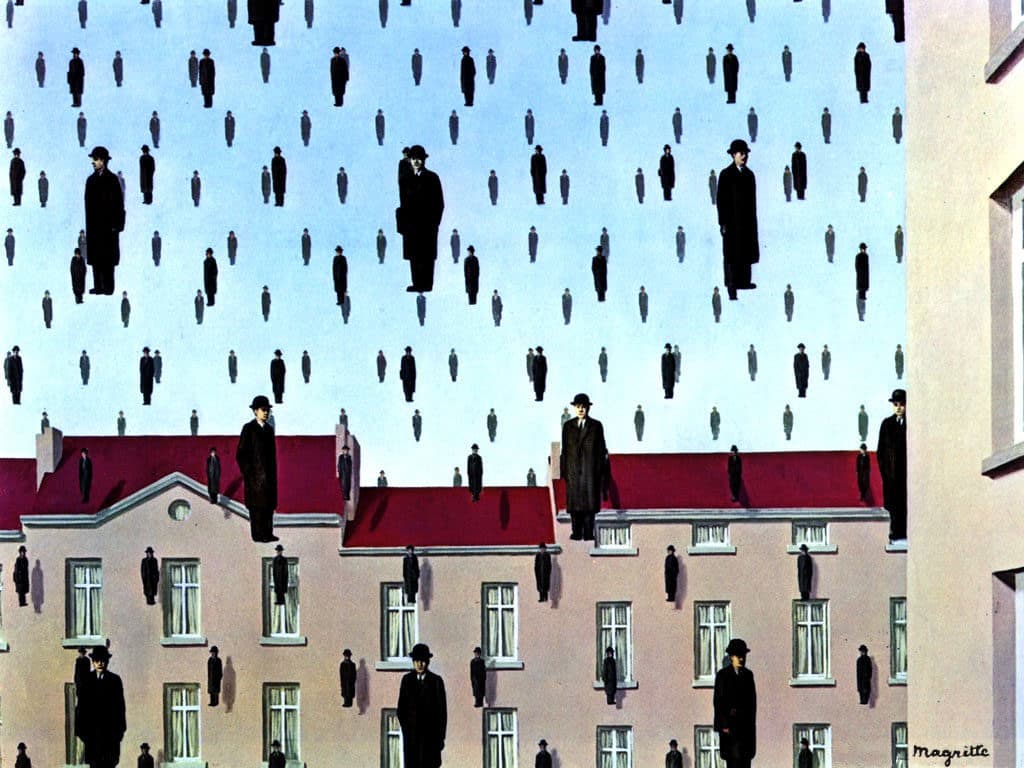
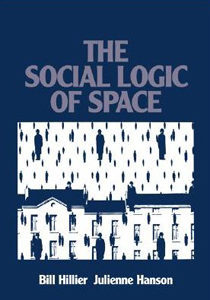
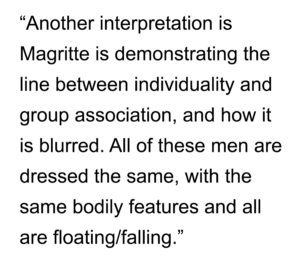 is demonstrating the line between individuality and group association, and how it is blurred. All of these men are dressed the same, with the same bodily features and all are floating/falling. This leaves us to look at the men as a group (Source: Wikipedia).
is demonstrating the line between individuality and group association, and how it is blurred. All of these men are dressed the same, with the same bodily features and all are floating/falling. This leaves us to look at the men as a group (Source: Wikipedia).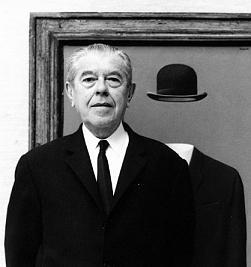 About Rene Magritte
About Rene Magritte